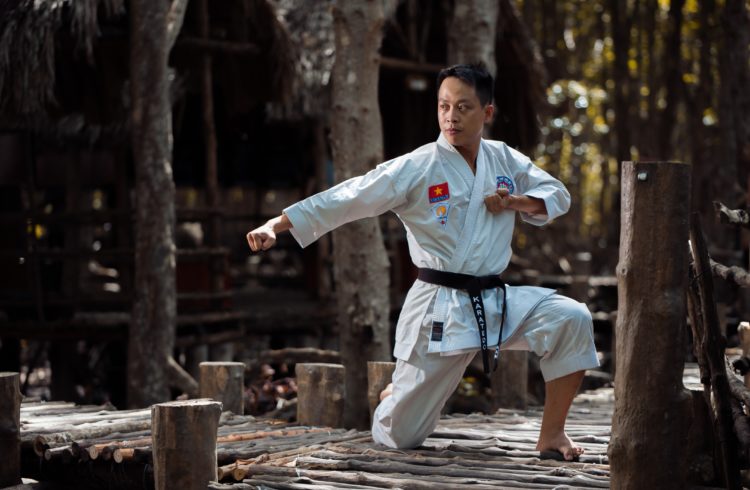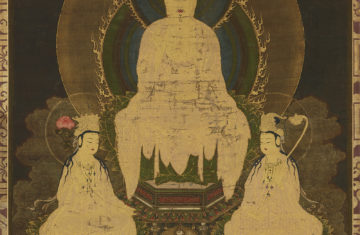Buddhist tradition lists four samgraha-vastu, or virtuous attributes, that every bodhisattva using skillful means employs. These methods of guidance show us the way. They are: Beneficial Speech: Beneficial speech communicates affection. The words intend loving care, or kindness. These words benefit both the hearer and the…
Try not to localize the mind anywhere, but let it fill up the whole body, let it flow throughout the totality of your being. When this happens you use the hands where they are needed, you use the legs or eyes where they are needed, and…
-
On Buddhist altars, you will often see three figures: the Sakyamuni Buddha in the center, Manjushri, the wisdom bodhisattva, on one side, and Samantabhadra, the compassionate action bodhisattva, on the other. Like all spiritual iconography, this conveys something important. In this case, it depicts the strength…
-
The oldest list of paramitas include only six: generosity, discipline, patience, heroic perseverance, meditation, and wisdom. In Mahayana Buddhism, four more paramitas were added. These final four are seen as virtues, of course, but more specifically they are means by which we apply the first six…
-
Do you know the most repeated phrase in the enormous Book of Ninja? “To be orally transmitted.” Again and again, The Book of Ninja reminds the reader that the details and essence of the teaching reside outside of the words on the scroll. That’s because the…
-
In this final post on practicing prajna, wisdom, I want to talk about wisdom as being transcendent. We have to be careful though, because transcendence does not mean other-worldly, as if we have to somehow remove ourselves from the here and now in order to obtain…
-
As humans, we constantly create perceptions. Many, if not most, of these perceptions are false. When a perception is correct, it’s called wisdom. Wise perception is the art of discerning what is true. One way we can practice wise perception is by becoming more aware of…
-
In every encounter or experience, there is the potential for gaining our enlightenment, the possibility of finding that one missing piece of the puzzle that brings about illumination. -Masaaki Hatsumi Enlightenment opportunities are everywhere. That isn’t to say they are easy to notice, or to accept.…
-
Of wisdom’s many qualities, the most prevalent description is that it brings light. To be more specific, it doesn’t just bring light; it is light. Wisdom has been described as our inner sun. It provides light and warmth to our lives and circumstances. It illuminates our…
-
I’m currently reading The Other Shore, Thich Nhat Hanh’s commentary on the Heart Sutra. The Heart Sutra, which includes the well-known phrase “form is emptiness; emptiness is form,” calls us to forget ourselves. This, for Westerners, is problematic and disturbing, because we often define our entire…











